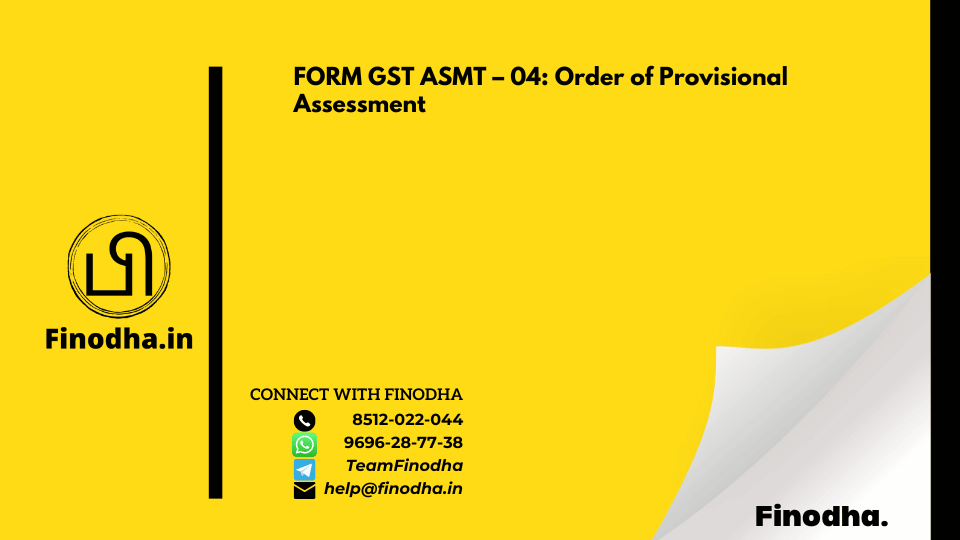Important keyword: Income Tax, PMVVY, PMVVY Benefits, Tax Benefits.
Table of Contents
Pradhan Mantri Vaya Vandana Yojana (PMVVY)
The government has launched the ‘Pradhan Mantri Vaya Vandana Yojana (PMVVY)’ to provide social security to senior citizens aged 60 and above. This scheme aims to protect them from fluctuations in interest earnings caused by market uncertainties. It offers financial stability during old age by providing either a guaranteed pension or returns linked to the subscription amount. The assurance of returns is backed by the government’s commitment to the Life Insurance Corporation of India (LIC), ensuring a secure investment avenue for seniors seeking reliable income post-retirement.
What is the Pradhan Mantri Vaya Vandana Yojana (PMVVY) Scheme?
The Pradhan Mantri Vaya Vandana Yojana (PMVVY) is a retirement and pension scheme administered by LIC of India and supported by the Government of India under the National Savings Scheme. This scheme is designed to provide financial security to senior citizens aged 60 years and above. Investors can make a lump-sum investment and receive guaranteed pension payments on a monthly, quarterly, semi-annual, or annual basis for a period of 10 years.
Initially launched from March 4, 2017, to March 31, 2020, the PMVVY scheme has been extended for an additional three financial years until March 31, 2023, as per a government announcement dated May 20, 2020. LIC holds the exclusive privilege to operate this scheme, offering enrollment through their official website or branch offices.
Eligibility criteria for PM Vaya Vandana Yojana
Eligibility for PM Vaya Vandana Yojana is open to resident senior citizens above 60 years with no maximum entry age limit. The total investment amount should not exceed INR 15 lakhs. It’s crucial to consider family size when selecting the pension amount, where family includes a spouse and dependent children like unemployed sons or unmarried daughters below 25 years.
The interest rates for PMVVY vary based on the frequency of pension payments:
- Monthly pension: 7.4% per annum
- Quarterly pension: 7.45% per annum
- Half-yearly pension: 7.52% per annum
- Yearly pension: 7.66% per annum
Minimum and Maximum Amount of Purchase price and Pension
| Mode of Payment | Minimum Purchase Price (Installment or Investment) | Minimum Pension Amount against the Purchase Price | Maximum Purchase Price (Installment or Investment) | Maximum Pension Amount against the Purchase Price |
| Monthly | INR 1,56,658 | INR 1000 | INR 14,49,086 | INR 9,250 |
| Quarterly | INR 1,59,574 | INR 3000 | INR 14,76,064 | INR 27,750 |
| Semi-Annually | INR 1,61,074 | INR 6000 | INR 14,89,933 | INR 55,500 |
| Annually | INR 1,62,162 | INR 12000 | INR 15,00,000 | INR 1,11,000 |
Benefits of Pradhan Mantri Vaya Vandana Yojana
Investing in the Pradhan Mantri Vaya Vandana Yojana (PMVVY) offers several significant benefits for senior citizens:
Income Tax Benefits:
Seniors can claim a deduction of up to INR 1,50,000 on the investment amount under Section 80C of the Income Tax Act. However, the interest earned is taxable as per the individual’s applicable tax slab.
Premature Withdrawals and Loan Facility:
In case of emergencies for the pensioner or their spouse, the scheme allows premature withdrawals. Upon withdrawal, the pensioner receives 98% of the purchase price. Additionally, after three years from the policy commencement, one can avail a loan against the PMVVY investment up to 75% of the purchase price. The interest on the loan is deducted from the pension payments as per the chosen frequency. Any outstanding loan amount at maturity or surrender will be deducted from the final claim amount.
Maturity Benefit:
Upon completion of the policy tenure, PMVVY provides the entire purchase price as a lump sum, provided the pensioner survives till the end of the policy term. If the pensioner passes away during the policy term, the nominee or beneficiary can claim the entire purchase amount by submitting the required documents.
How to Register for the PMVVY Scheme?
To enroll for the Pradhan Mantri Vaya Vandana Yojana (PMVVY), individuals have the option to apply either online through the official LIC website or offline by visiting a nearby LIC branch. Here’s how you can apply online:
- Visit LIC’s Official Website: Go to the official website of the Life Insurance Corporation of India.
- Navigate to ‘Buy Policy Online’: Look for the section dedicated to buying policies online. Find and select the Pradhan Mantri Vaya Vandana Yojana option.
- Click on ‘Buy Online’ (Button no. 842): Locate and click on the ‘Buy Online’ button corresponding to PMVVY.
- Create Access ID: You will need to create an Access ID by providing necessary details such as your name, email ID, mobile number, date of birth, and address. This Access ID, a 9-digit identifier, will be sent to your registered mobile number or email.
- Proceed with Access ID: Enter the Access ID you received and click on ‘Proceed’ to continue.
- Select Pension Plan: Choose the appropriate pension plan under PMVVY that suits your requirements.
- Fill Application Form and Upload Documents: Complete the application form with accurate details and upload the necessary documents, including Aadhaar Card, PAN Card, and bank details where you want the pension to be credited.
- Submission and Acknowledgment: After successfully submitting the form and documents, you will receive an acknowledgment number and policy number.
Alternatively, you can visit your nearest LIC branch to apply for PMVVY. Fill out the application form provided and specify your interest in the Pradhan Mantri Vaya Vandana Yojana. Ensure you carry all required documents for submission along with the application form.
Read more: Employee Pension Scheme (EPS ) – Eligibility, Benefits and Calculation
Web Stories: Employee Pension Scheme (EPS ) – Eligibility, Benefits and Calculation
Official Income Tax Return filing website: https://incometaxindia.gov.in/





0 Comments